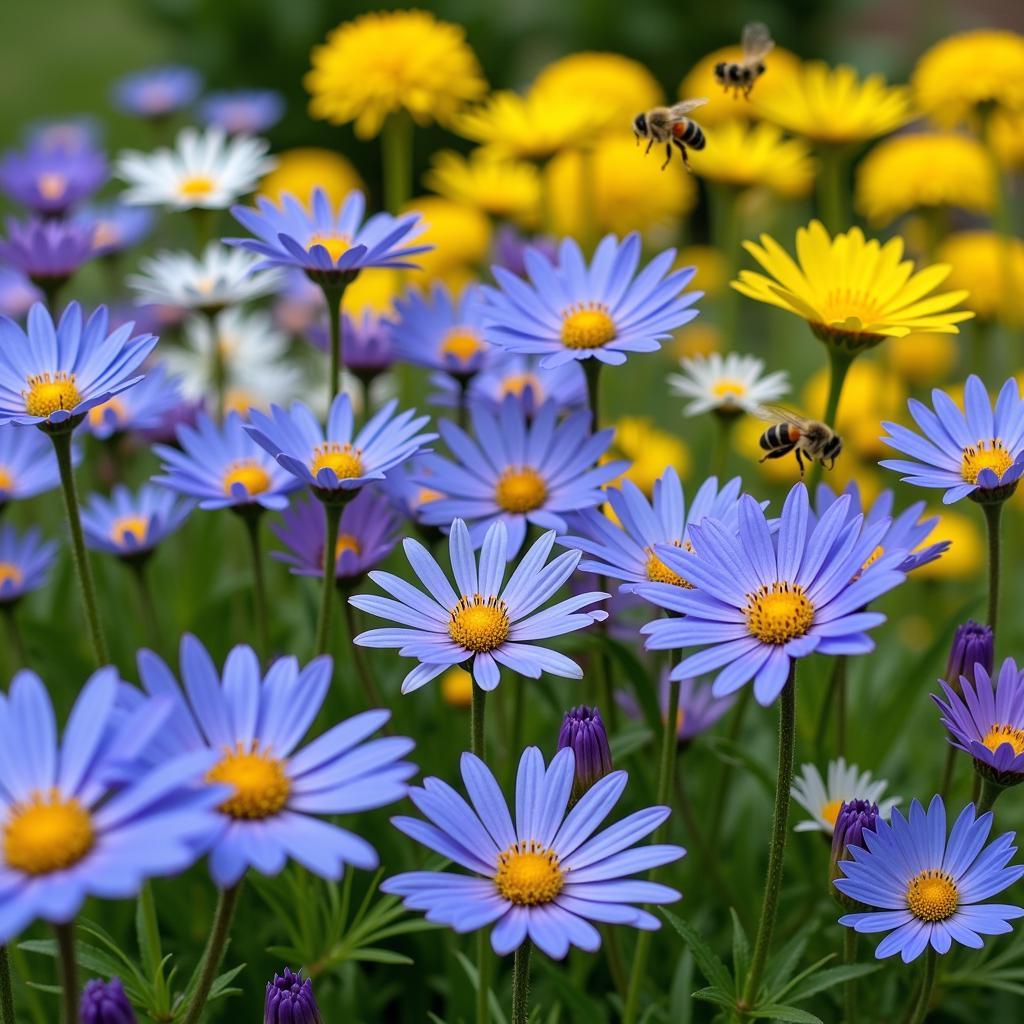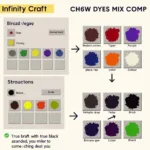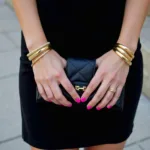Bees are essential pollinators, playing a vital role in our ecosystem. Their ability to perceive colors influences their foraging behavior and ultimately impacts our food supply. So, can bees see the color white? The answer is more complex than a simple yes or no. While bees don’t see white the way humans do, they can detect and differentiate it from other colors.
Bees have a different color vision system compared to humans. They can see ultraviolet (UV) light, which is invisible to us. This ability to see UV light opens up a whole new world of color perception for them, allowing them to see patterns and markings on flowers that we can’t even imagine. Interestingly, they cannot see the color red. This means a vibrant red flower appears dark to a bee, almost like a shadow. Instead, they are drawn to colors like blue, purple, violet, and yellow, which are often associated with nectar-rich flowers. So, where does white fit into all of this?
How Do Bees Perceive White?
White, in the human sense, is a combination of all colors in the visible light spectrum. Since bees can’t see red, their perception of white is different. They essentially see white as a combination of ultraviolet light and other colors they can perceive, like blue, green, and yellow. This makes white flowers appear differently to them than they do to us. They might see intricate patterns and markings, thanks to the UV light reflectance, which guide them towards the nectar and pollen. Thinking about what color candle for manifesting might be is an interesting human practice, but unlikely to influence bees.
After this introduction to bee vision, let’s explore how this impacts their foraging behavior and the broader ecosystem. Do you know what color are pumpkin flowers? They are often a vibrant orange, a color bees don’t perceive well.
The Role of Color in Bee Foraging
Color plays a crucial role in attracting bees to flowers. It acts as a signal, advertising the presence of nectar and pollen. Bees learn to associate specific colors with rewarding food sources, and they use this information to efficiently navigate their environment. While they are attracted to bright colors like blue and yellow, their ability to see UV light adds another layer to their foraging strategy. Many flowers have UV patterns that are invisible to the human eye, acting as nectar guides for bees. These patterns help bees quickly locate the nectar within the flower, maximizing their foraging efficiency. This co-evolution between flowers and bees highlights the importance of color in their symbiotic relationship.
Did you know that clover flowers, also an important source of bee food, vary in color? You can learn more about what color is clover by visiting our website.
White Flowers and Bees: A Complex Relationship
While bees might not see white as we do, white flowers are still visited by bees. This is because many white flowers reflect UV light, making them visible and attractive to bees. Moreover, the scent of the flower also plays a significant role in attracting pollinators. So, even if a flower appears white to us, it may have UV patterns and a strong scent that makes it appealing to bees. This is why you often see bees buzzing around white flowers in your garden.
Just like the color of clover is important to bees, so is the color of other flowers like hibiscus. Learn more about what color is a hibiscus.
The Importance of Diverse Flower Colors for Pollinators
Understanding bee color vision highlights the importance of planting a variety of flower colors in our gardens and landscapes. By providing a diverse range of colors, including those rich in UV light, we can support a healthy bee population and ensure effective pollination. This diversity benefits not only bees but also other pollinators like butterflies and hummingbirds, each with their own unique color preferences.
 Variety of colored flowers attracting bees
Variety of colored flowers attracting bees
Can Bees See White? – A Quick Summary
In short, bees don’t see white as we do. Their perception is influenced by their ability to see UV light and their inability to see red. However, they can detect and differentiate white from other colors, often finding white flowers appealing due to their UV reflectance and scent.
Conclusion
Understanding how bees see color, including white, is crucial for supporting these vital pollinators. By planting a variety of colorful flowers, we can create a welcoming environment for bees and other pollinators, contributing to a healthy and thriving ecosystem. The next time you see a bee buzzing around a white flower, remember that it’s seeing a world of color we can only imagine. Just like understanding whether can dogs see the color orange, learning about bee vision helps us appreciate the natural world.
FAQ
- Do all bees see color the same way? While most bee species share similar color vision capabilities, there can be variations between species.
- Why can’t bees see red? Bees lack the photoreceptor for red light, making it appear dark to them.
- What colors are most attractive to bees? Bees are generally attracted to blue, purple, violet, and yellow.
- Do white flowers reflect UV light? Many white flowers reflect UV light, making them visible and attractive to bees.
- What other factors besides color attract bees to flowers? Scent, flower shape, and nectar availability also play important roles.
- How can I support bee populations in my garden? Plant a diversity of flowers, provide a water source, and avoid using pesticides.
- Why is pollination important? Pollination is essential for plant reproduction and food production.
Scenarios Where People Ask “Can Bees See the Color White?”
- Gardening: People planning a pollinator garden might wonder if white flowers are attractive to bees.
- Beekeeping: Beekeepers might be interested in understanding bee color vision to optimize hive placement and foraging resources.
- Scientific Curiosity: People with a general interest in nature and insect behavior might be curious about how bees perceive the world.
- Photography: Photographers specializing in nature photography might want to understand how bees see colors to capture compelling images.
Related Articles
You might also be interested in reading about:
Need help with your color choices? Contact us at Phone: 0373298888, Email: [email protected] or visit us at 86 Cầu Giấy, Hà Nội. We have a 24/7 customer service team.

